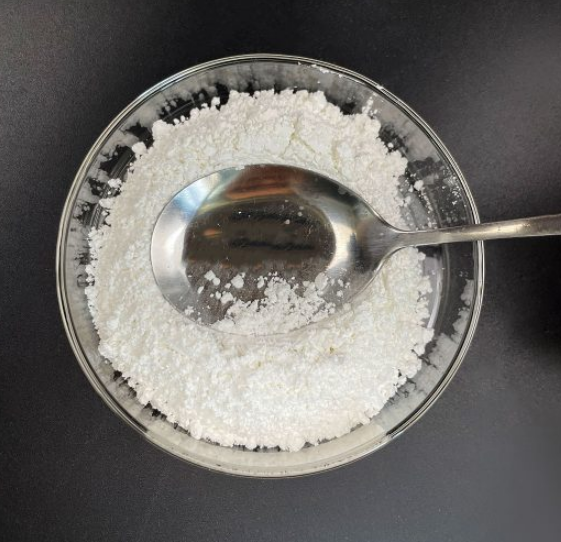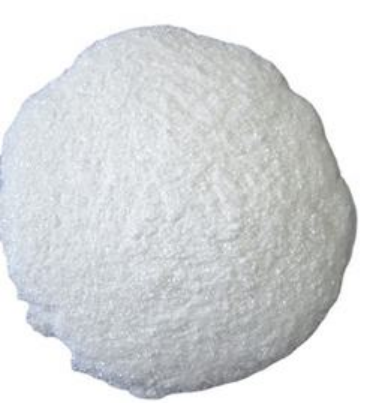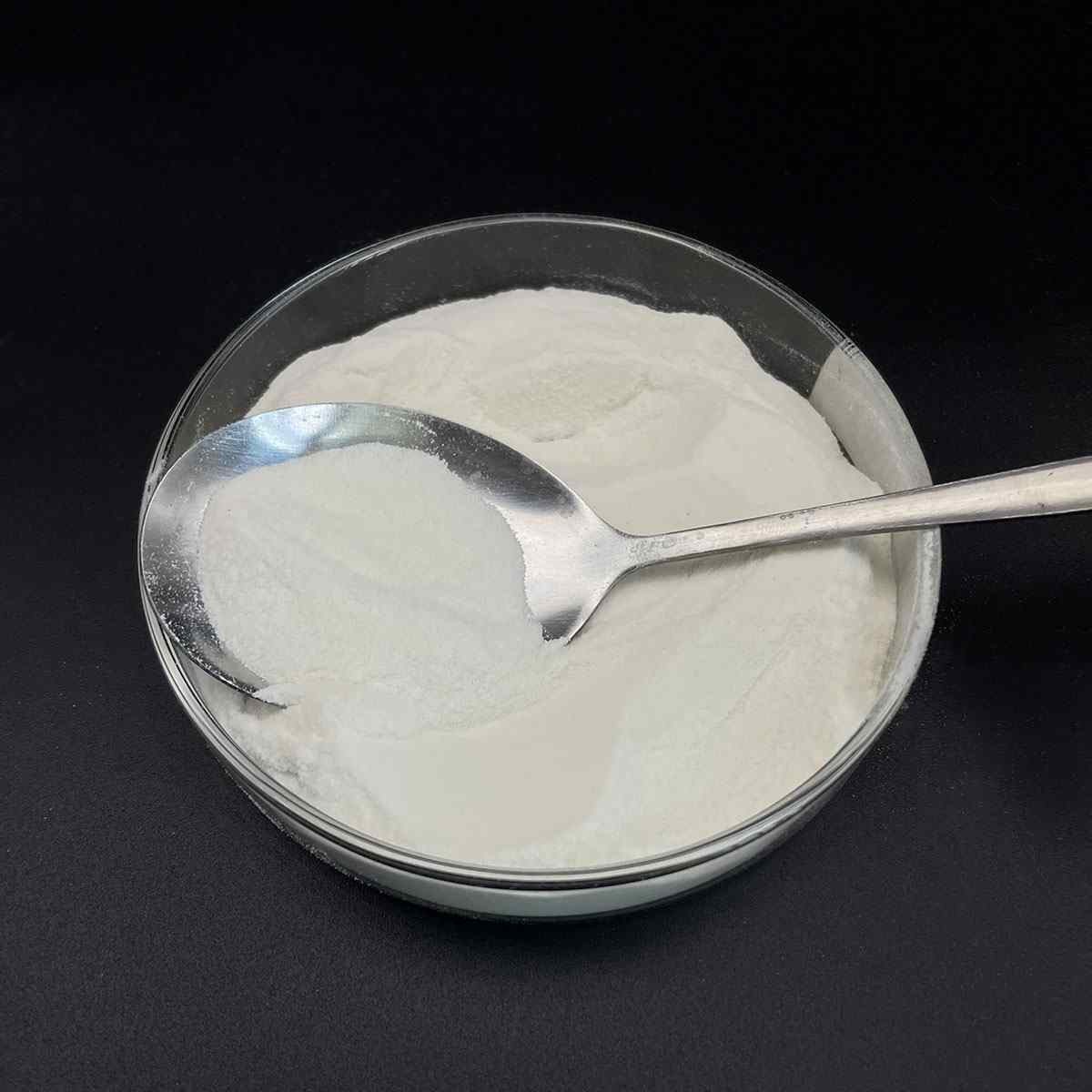1. Introduction
Just 24 hours ago, a major cosmetics brand announced it would phase out sodium lauryl sulfate (SLS) from all its shampoos by 2025, citing consumer demand for gentler, plant-based cleansers. This move reflects a growing global trend toward milder surfactants like coco glucoside and sodium cocoyl isethionate—ingredients perceived as more skin-friendly and eco-conscious. But what exactly is sodium lauryl sulfate, and why is it so widely used—and debated?

In this article, we break down everything you need to know about SLS, its chemical cousins, and the broader world of surfactants that power everything from toothpaste to herbicides.
2. What Is Sodium Lauryl Sulfate?
Sodium lauryl sulfate (SLS), also known as sodium dodecyl sulfate or natrium lauryl sulfate, is a powerful anionic surfactant. The term ‘surfactant’—short for ‘surface-active agent’—refers to compounds that lower surface tension between liquids or between a liquid and a solid. This property allows surfactants to lift dirt, oil, and grime, making them essential in cleaning and foaming products.
Chemically, SLS is derived from lauryl alcohol (often sourced from coconut or palm kernel oil) and sulfuric acid, followed by neutralization with sodium hydroxide. Its molecular structure features a hydrophobic tail and a hydrophilic sulfate head, enabling it to interact with both water and oil—a hallmark of effective surfactants.
3. Common Uses of SLS
You’ll find sodium lauryl sulfate in a wide range of everyday products:

- Toothpaste (for foaming and cleaning)
- Shampoos and body washes
- Industrial cleaners and degreasers
- Laundry detergents
- Surfactant for herbicides and lawn wetting agents (e.g., as a wetting agent for grass to help weed killers spread evenly)
Its strong cleansing power and low cost make it a go-to ingredient for manufacturers. In fact, ‘sodium lauryl sulfate for sale’ is a common search among formulators and DIY product makers.
4. SLS vs. Similar Surfactants: What’s the Difference?
Not all sulfates are created equal. Here’s how SLS stacks up against close relatives and alternatives:
- Sodium laureth sulfate (also called sodium lauryl ether sulfate or sodium lauryl ether sulphate): Often confused with SLS, this ethoxylated version is milder due to added ethylene oxide units. You’ll see it labeled as ‘sodium laureth,’ ‘laureth sulfate,’ or ‘sls sodium laureth sulfate’—though technically, ‘sls’ refers only to sodium lauryl sulfate.
- Ammonium lauryl sulfate (or ammonium dodecyl sulfate): A similar anionic surfactant used in shampoos, especially for oily hair.
- Cocamidopropyl betaine (also called coco betaine, amidopropyl betaine, or cocamido): An amphoteric surfactant that’s much gentler and often paired with SLS to reduce irritation.
- Bio surfactants like decyl glucoside, coco glucoside, and alkyl polyglucoside: Non-ionic, plant-derived surfactants prized for low toxicity and biodegradability.
- Sodium lauroyl sarcosinate and sodium cocoyl glutamate: Mild anionic surfactants used in ‘sulfate-free’ formulations.
Unlike cationic surfactants (e.g., cetyl trimethyl ammonium bromide or CTAB) which carry a positive charge and are used in conditioners, anionic surfactants like SLS carry a negative charge and excel at cleaning.

5. Safety and Controversy
SLS has faced criticism for being a skin and eye irritant, especially at high concentrations or with prolonged exposure. However, regulatory bodies like the FDA and EU SCCS consider it safe in rinse-off products at typical usage levels (usually 1–15%).
Misinformation often conflates SLS with sodium laureth sulfate, which can contain trace 1,4-dioxane (a potential carcinogen) if not properly purified—but SLS itself does not. Still, many consumers prefer alternatives like sodium coco sulfate or sodium lauroyl methyl isethionate for sensitive skin.
6. Industrial and Agricultural Applications
Beyond personal care, SLS and related surfactants play key roles in agriculture and manufacturing. For example:
- As a surfactant for weed killer, SLS helps active ingredients adhere to waxy plant leaves.
- Polysorbate 80, Span80, and lignin sulfonate are nonionic surfactants used in pesticide formulations.
- Fluoro surfactants and Pluronic 127 (poloxamer 188) serve specialized roles in coatings and pharmaceuticals.
Interestingly, methylated seed oil is often used alongside surfactants in herbicide mixes to boost penetration—showing how different surfactant types (anionic, nonionic, cationic) can be combined for optimal performance.
7. The Future of Surfactants
With rising demand for sustainable chemistry, companies like Rohit Surfactants Private Limited are investing in bio-based and biodegradable options. Non ionic surfactant innovations, such as ethoxylated alcohols and sugar-based alkyl polyglucosides, are gaining traction as effective yet eco-friendly replacements.
Meanwhile, classic anionic surfactants like sodium dodecylbenzene sulfonate remain workhorses in detergents, proving that not all sulfates are headed for the exit—just those that don’t meet evolving safety and environmental standards.
8. Conclusion
Sodium lauryl sulfate is a versatile, effective, and widely used anionic surfactant—but it’s not the only option. From gentle amphoteric cleansers like cocamidopropyl betaine to plant-powered alternatives like decyl glucoside, today’s formulators have a rich toolkit to balance performance, safety, and sustainability. Whether you’re choosing a shampoo or formulating a herbicide, understanding the meaning of surfactant—and the differences between anionic, cationic, and nonionic types—empowers smarter decisions.
Our Website founded on October 17, 2012, is a high-tech enterprise committed to the research and development, production, processing, sales and technical services of ceramic relative materials such as 7. Our products includes but not limited to Boron Carbide Ceramic Products, Boron Nitride Ceramic Products, Silicon Carbide Ceramic Products, Silicon Nitride Ceramic Products, Zirconium Dioxide Ceramic Products, etc. If you are interested, please feel free to contact us.


